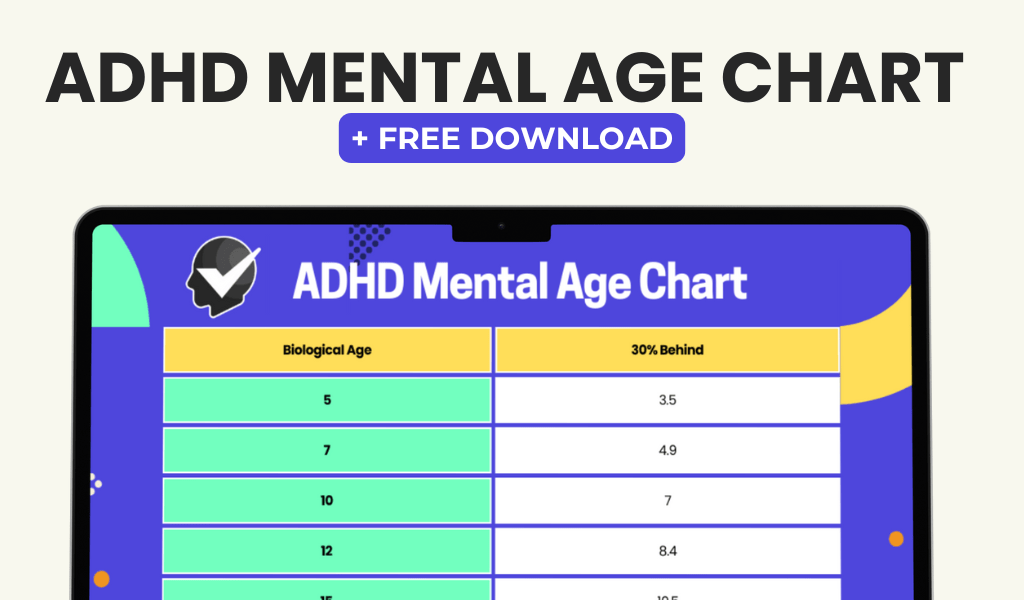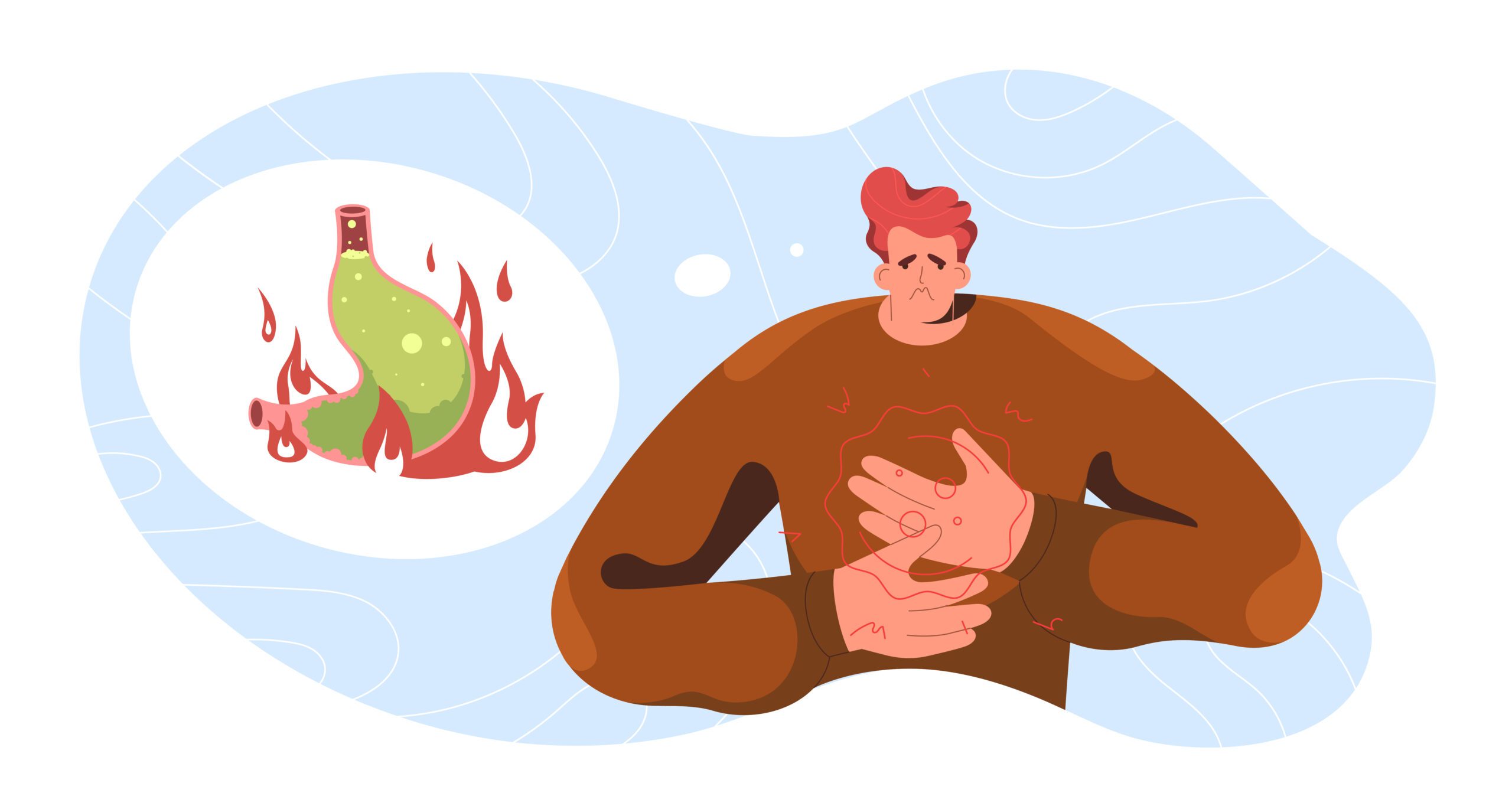ADHD, or Attention Deficit Hyperactivity Disorder, is a neurodevelopmental disorder that affects both children and adults. It is characterized by symptoms such as inattention, hyperactivity, and impulsivity. Individuals with ADHD often struggle with maintaining focus, staying organized, and controlling their impulses. Sensory processing refers to the way the nervous system receives messages from the senses and turns them into appropriate motor and behavioral responses. Many individuals with ADHD also have sensory processing issues, which can manifest as hypersensitivity or hyposensitivity to sensory stimuli. This means that they may be easily overwhelmed by sensory input or have a high threshold for sensory stimulation. Understanding the relationship between ADHD and sensory processing is crucial for developing effective strategies to help individuals with ADHD manage their symptoms and improve their quality of life.
Key Takeaways
- ADHD and Sensory Processing are closely linked, as individuals with ADHD often have sensory processing challenges.
- Engaging the senses is crucial for individuals with ADHD to improve focus and attention.
- Visual stimulation tools such as fidget toys and colorful lights can help individuals with ADHD stay focused.
- Auditory stimulation tools like noise-canceling headphones and calming music can help individuals with ADHD filter out distractions.
- Tactile stimulation tools such as stress balls and textured objects can provide sensory input and improve focus for individuals with ADHD.
The Importance of Engaging the Senses for Focus
Engaging the senses is crucial for individuals with ADHD as it can help them regulate their sensory input and improve their ability to focus. Sensory stimulation can help individuals with ADHD stay alert and attentive, as well as regulate their emotions and behavior. By engaging the senses, individuals with ADHD can create a more conducive environment for learning, working, and socializing. Sensory tools can provide the necessary stimulation to help individuals with ADHD stay focused and engaged in various activities. These tools can be used in different settings, such as at home, in the classroom, or in the workplace, to support individuals with ADHD in managing their symptoms and improving their overall well-being.
Sensory Tools for Visual Stimulation
Visual stimulation can be particularly beneficial for individuals with ADHD, as it can help them stay focused and attentive. Sensory tools for visual stimulation can include items such as fidget toys, colorful lights, visual timers, and sensory bottles. Fidget toys, such as stress balls or fidget spinners, can provide a visual distraction that helps individuals with ADHD stay focused on the task at hand. Colorful lights and visual timers can help individuals with ADHD manage their time and stay on track with their activities. Sensory bottles, filled with colorful liquids and objects, can provide a calming visual stimulus that helps individuals with ADHD regulate their emotions and attention. These sensory tools for visual stimulation can be used in various settings to support individuals with ADHD in managing their symptoms and improving their focus.
Sensory Tools for Auditory Stimulation
| Tool | Description | Effectiveness |
|---|---|---|
| White Noise Machine | Produces a consistent sound to mask other noises | High |
| Music Player | Plays calming or stimulating music | Medium |
| Noise Cancelling Headphones | Blocks out external sounds | High |
| Sound Therapy Apps | Offers a variety of sounds for relaxation or focus | Medium |
Auditory stimulation can also be beneficial for individuals with ADHD, as it can help them regulate their auditory input and improve their ability to focus. Sensory tools for auditory stimulation can include items such as noise-canceling headphones, white noise machines, calming music, and sound machines. Noise-canceling headphones can help individuals with ADHD block out distracting sounds and stay focused on their tasks. White noise machines and sound machines can provide a consistent background noise that helps individuals with ADHD stay calm and focused. Calming music, such as classical or instrumental music, can also help individuals with ADHD regulate their emotions and attention. These sensory tools for auditory stimulation can be used in different environments to support individuals with ADHD in managing their symptoms and improving their focus.
Sensory Tools for Tactile Stimulation
Tactile stimulation is important for individuals with ADHD, as it can help them regulate their sense of touch and improve their ability to focus. Sensory tools for tactile stimulation can include items such as fidget toys, textured objects, weighted blankets, and stress balls. Fidget toys, such as squishy toys or textured balls, can provide a tactile distraction that helps individuals with ADHD stay focused on their tasks. Textured objects, such as sensory brushes or tactile discs, can provide a calming tactile stimulus that helps individuals with ADHD regulate their emotions and attention. Weighted blankets can provide deep pressure stimulation that helps individuals with ADHD feel grounded and focused. Stress balls can also provide a tactile outlet for individuals with ADHD to release excess energy and improve their focus. These sensory tools for tactile stimulation can be used in various settings to support individuals with ADHD in managing their symptoms and improving their focus.
Sensory Tools for Olfactory Stimulation
Olfactory stimulation can be beneficial for individuals with ADHD, as it can help them regulate their sense of smell and improve their ability to focus. Sensory tools for olfactory stimulation can include items such as essential oils, scented candles, aromatherapy diffusers, and scented putty. Essential oils, such as lavender or peppermint oil, can provide calming olfactory stimuli that help individuals with ADHD regulate their emotions and attention. Scented candles and aromatherapy diffusers can also provide pleasant scents that help individuals with ADHD create a more conducive environment for focus and relaxation. Scented putty, such as scented playdough or slime, can provide a tactile and olfactory stimulus that helps individuals with ADHD stay engaged in activities. These sensory tools for olfactory stimulation can be used in different settings to support individuals with ADHD in managing their symptoms and improving their focus.
Sensory Tools for Gustatory Stimulation
Gustatory stimulation is important for individuals with ADHD, as it can help them regulate their sense of taste and improve their ability to focus. Sensory tools for gustatory stimulation can include items such as flavored chewable jewelry, sour candies, flavored water enhancers, and gum. Flavored chewable jewelry, such as necklaces or bracelets, can provide a discreet gustatory stimulus that helps individuals with ADHD stay focused on their tasks. Sour candies can provide a strong taste sensation that helps individuals with ADHD regulate their sensory input and attention. Flavored water enhancers can also provide a pleasant taste that helps individuals with ADHD stay hydrated and focused. Gum can provide a repetitive oral sensory input that helps individuals with ADHD regulate their attention and energy levels. These sensory tools for gustatory stimulation can be used in various environments to support individuals with ADHD in managing their symptoms and improving their focus.
In conclusion, understanding the relationship between ADHD and sensory processing is crucial for developing effective strategies to support individuals with ADHD in managing their symptoms and improving their focus. Engaging the senses through sensory tools for visual, auditory, tactile, olfactory, and gustatory stimulation can provide the necessary sensory input to help individuals with ADHD regulate their attention and emotions. By incorporating these sensory tools into different settings, such as at home, in the classroom, or in the workplace, individuals with ADHD can receive the support they need to thrive and succeed in various activities. It is important to recognize the unique sensory needs of individuals with ADHD and provide them with the appropriate sensory tools to help them reach their full potential.
If you’re interested in learning more about sensory tools for ADHD, you might want to check out the article “Understanding Sensory Processing Disorder in Children with ADHD” on ADHD-testing.com. This insightful piece delves into the connection between sensory processing disorder and ADHD, offering valuable insights and practical tips for parents and caregivers. You can read the full article here.
FAQs
What are sensory tools for ADHD?
Sensory tools for ADHD are items or activities that can help individuals with ADHD regulate their sensory input and improve their focus, attention, and overall well-being.
What are some examples of sensory tools for ADHD?
Examples of sensory tools for ADHD include fidget toys, weighted blankets, noise-cancelling headphones, stress balls, chewable jewelry, and sensory-friendly clothing.
How do sensory tools help individuals with ADHD?
Sensory tools can help individuals with ADHD by providing sensory input that can help them regulate their emotions, improve their focus, reduce anxiety, and increase their overall sense of well-being.
Are sensory tools effective for managing ADHD symptoms?
While sensory tools may not be a cure for ADHD, many individuals with ADHD find that using sensory tools can help them manage their symptoms and improve their ability to focus and function in daily life.
Can sensory tools be used in conjunction with other ADHD treatments?
Yes, sensory tools can be used in conjunction with other ADHD treatments, such as medication, therapy, and behavioral interventions, to help individuals manage their symptoms and improve their overall quality of life.














